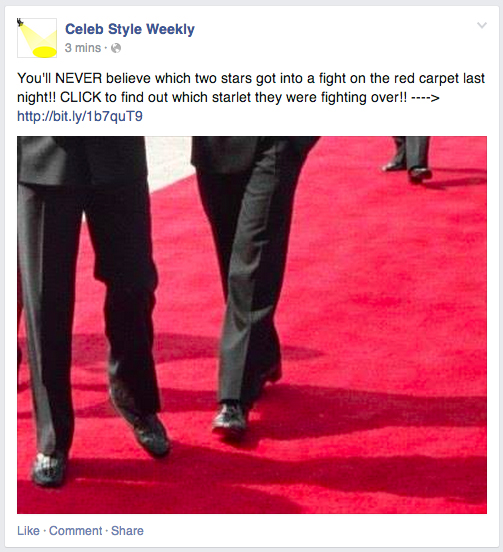Crowdfunding for games, through KickStarter or other means, has gone from a curiosity to an accepted means of acquiring funding for game development. In a sign of just how far crowdfunding has come, recently Chris Robert’s Star Citizen reached the milestone of $50 million raised from individuals, and the game has already blazed past $51 million on its way to new heights. Where is this business model headed The [a]listdaily turned to an expert to gain some insight.
 Jon Kimmich
Jon Kimmich
Jon Kimmich is the founder and CEO of Software Illuminati, providing strategic and tactical insight to creative software developers, and a contributor and editor of The Crowdfunding Bible. The [a]listdaily spoke with Kimmich about crowdfunding and its future.
[a]listdaily: Crowdfunding for games as come a long way in the last couple of years. There have been great successes, some failures, and an explosion in the number of game projects seeking funding in this way. Do you think crowdfunding for games has proven itself to be a a viable means of funding a game project for many creators, or is it best considered only by a small set of developers who meet certain criteria? If so, what would those criteria be?
Jon Kimmich: Absolutely, crowd funding is a viable way for an independent studio to pay for some (perhaps all) of its development cost. Even of a AAA game such as Elite or Star Citizen. And the good news for developers is that even those cases where teams failed to deliver, or engaged in outright fraud, that has not “poisoned the well” for others. A year ago, this was a big concern among some of the early successful KickStarter campaigns, as they had to adjust schedules, or change how products would be parceled out for sale, “Is my being late, or my change in what I promised, going to ruin things for everybody else.” So far, that hasn’t happened.
In terms of who should use crowd funding, let’s be clear that it’s not for everybody. Teams that lack experience with marketing or promoting themselves or their games, should probably go a more traditional route. Many great development teams simply do not have salesmanship and retailing as core competencies. And if you harbor a fear that your concept or your prototype lacks appeal, finding out from a bitter and cynical Internet audience is not good for the ego or the soul.
[a]listdaily: Crowdfunding not only provides revenue, it opens the design and development process to the backers. Having seen both the closed and open development process now, would you always want to have an open process?
Jon Kimmich: Open development is not for everyone. If you’re used to having one producer from a publisher telling you what they think of your game, and why it needs to change, imaging having fifty thousand. Of which a few hundred are very vocal about the fact that, “you suck and should just kill yourself…” and want to hack your personal information and put it up on the Internet just to help the process along.

Most teams pursue design more for marketing and community development reasons than to try and impact the core game design. If a team lacks core capability in marketing, PR and community management, an open development process can be very taxing, both in terms of team bandwidth, and sometimes morale. Every project and every team will attract a certain amount of griefers and haters, because making you feel bad as a developer is the game they like to play. If your team has not dealt with that before, and you’ve not marshaled the “immune response”of your studios/games community to handle these sorts of folks, you may find it a pretty unpleasant experience.
[a]listdaily: Do you think crowdfunding of games will continue to grow and change, or has it reached a stable state?
Jon Kimmich: As with the F2P business model (of which crowd funding is one example) it’s very early days. There is still lots of room for innovation. But I would caution teams about trying to innovate in gameplay and in business model and in platform or genre all in the same game at the same time.
[a]listdaily: What types of games lend themselves to crowdfunding, and which don’t?
Jon Kimmich: It still remains the case that F2P games do not lend themselves to crowd funding. Why should the crowd pay in advance for something they will eventually get for free So F2P games generally raise less money, or fail entirely. This doesn’t mean you can’t have a heavily IAP (in-app purchase) driven game, but make sure that the initial value is there so that you can justify the initial “purchase price,” whatever it may be.
Generally speaking, games that target a core audience perform better, this applies to F2P games as well as crowd funding campaigns. Core games typically drive higher ARPUs (average revenue per user) than casual ones, and core games typically can raise more money than casual ones via crowd funding, likely for similar reasons of demographics, psychographics and engagement.
[a]listdaily: What’s the best advice you can give to anyone considering a crowdfunded game project?
Jon Kimmich: Know your capabilities and limits. Reach out to the successful teams and people who have run campaigns in the past, they are usually more than willing to give advice on what worked for them. Understand that crowd funding is first and foremost about marketing, PR and community development/management. If these things scare you, you will either need to augment your team with folks with demonstrated core competency in these areas; there are plenty of “consultants” (and publishers for that matter) out there promising to help — vet their references and previous campaigns first.


